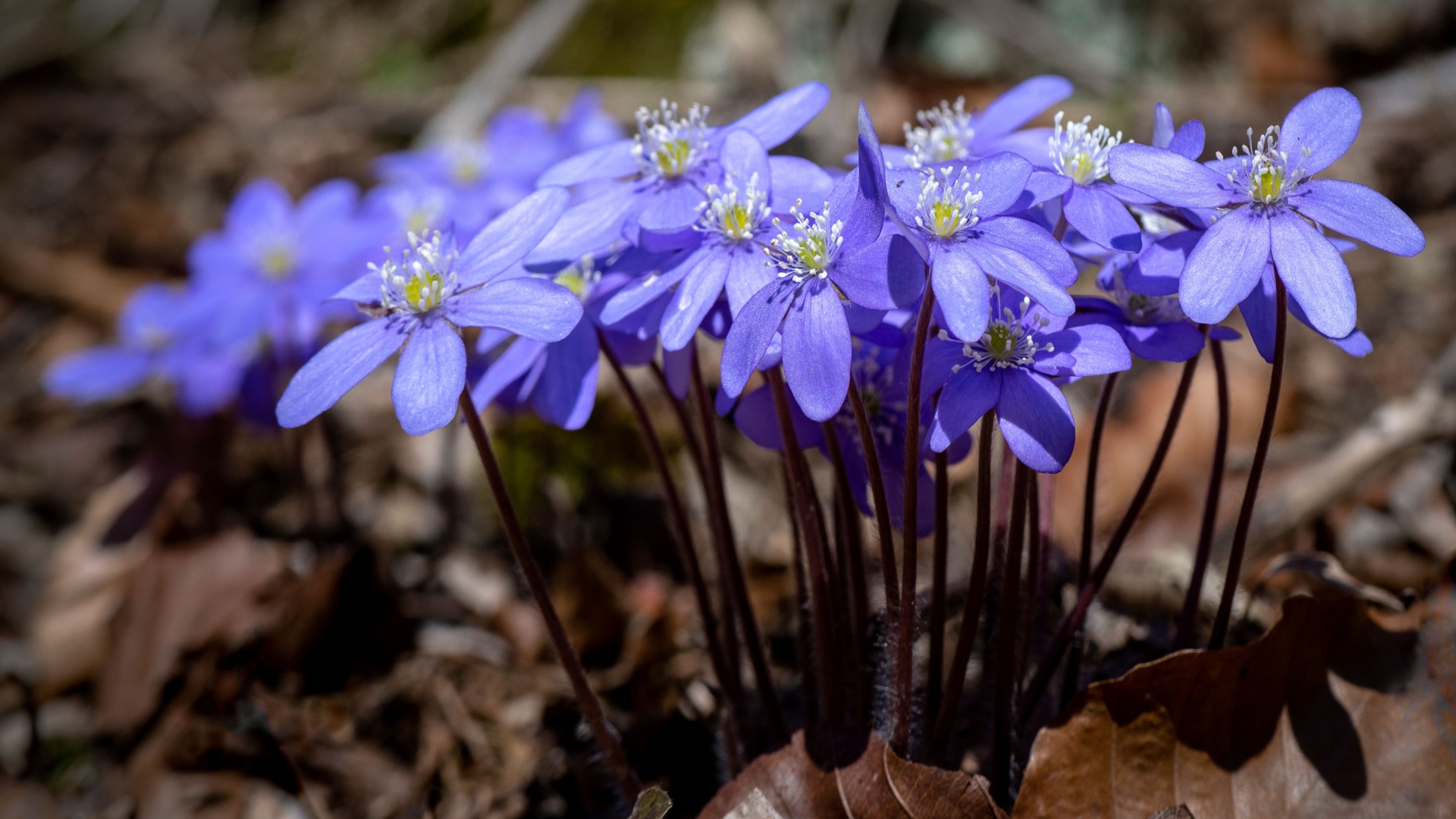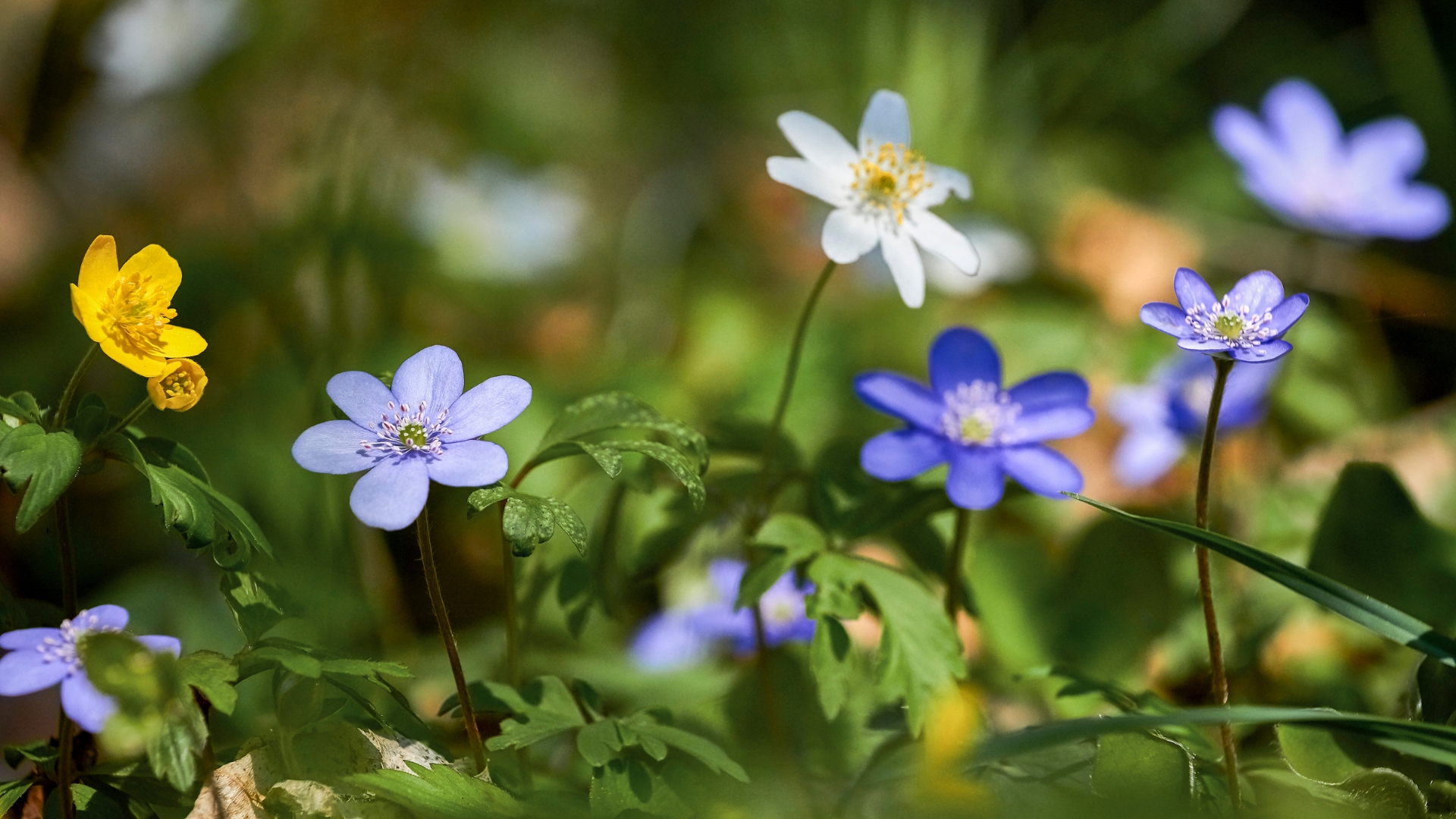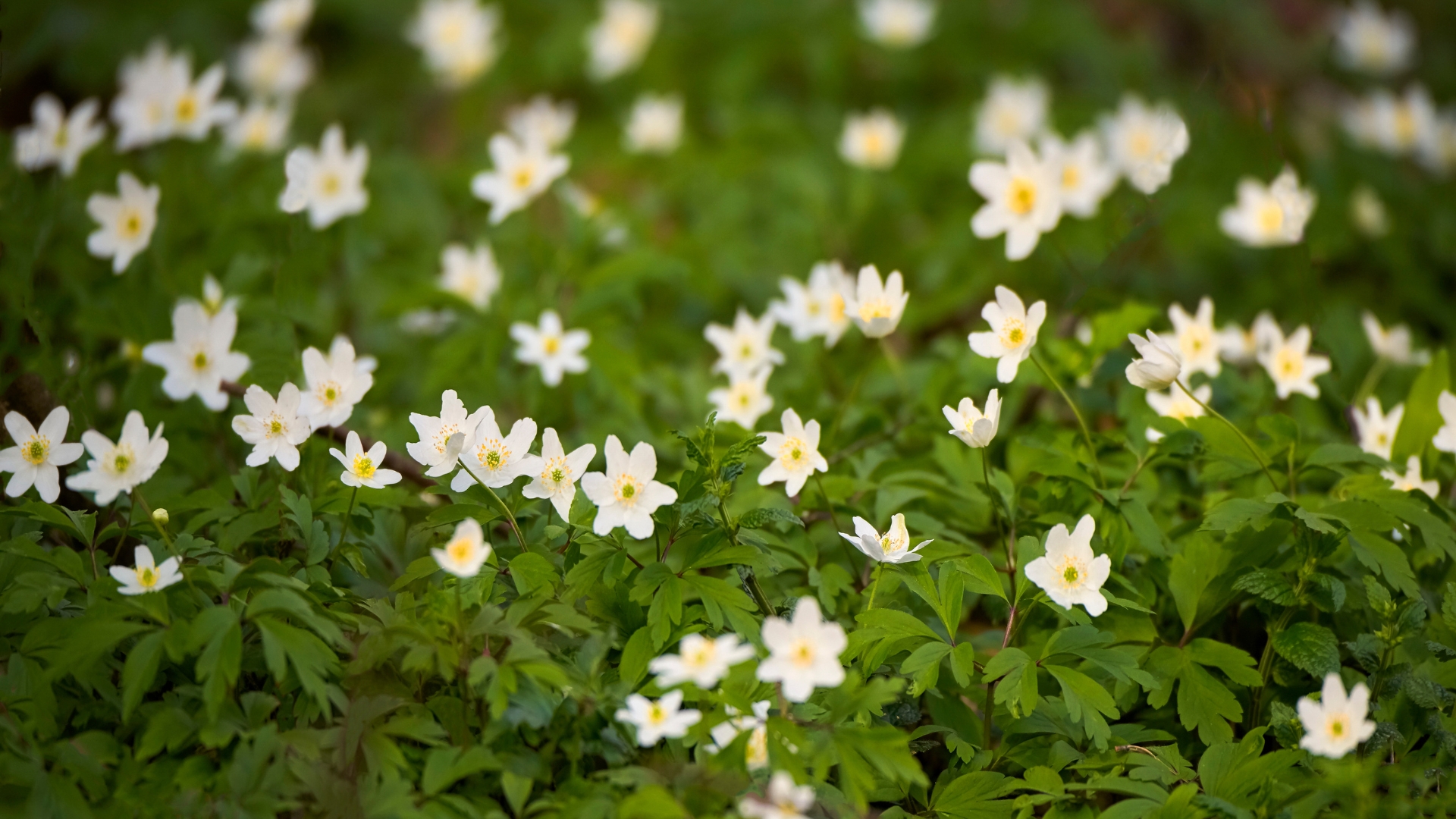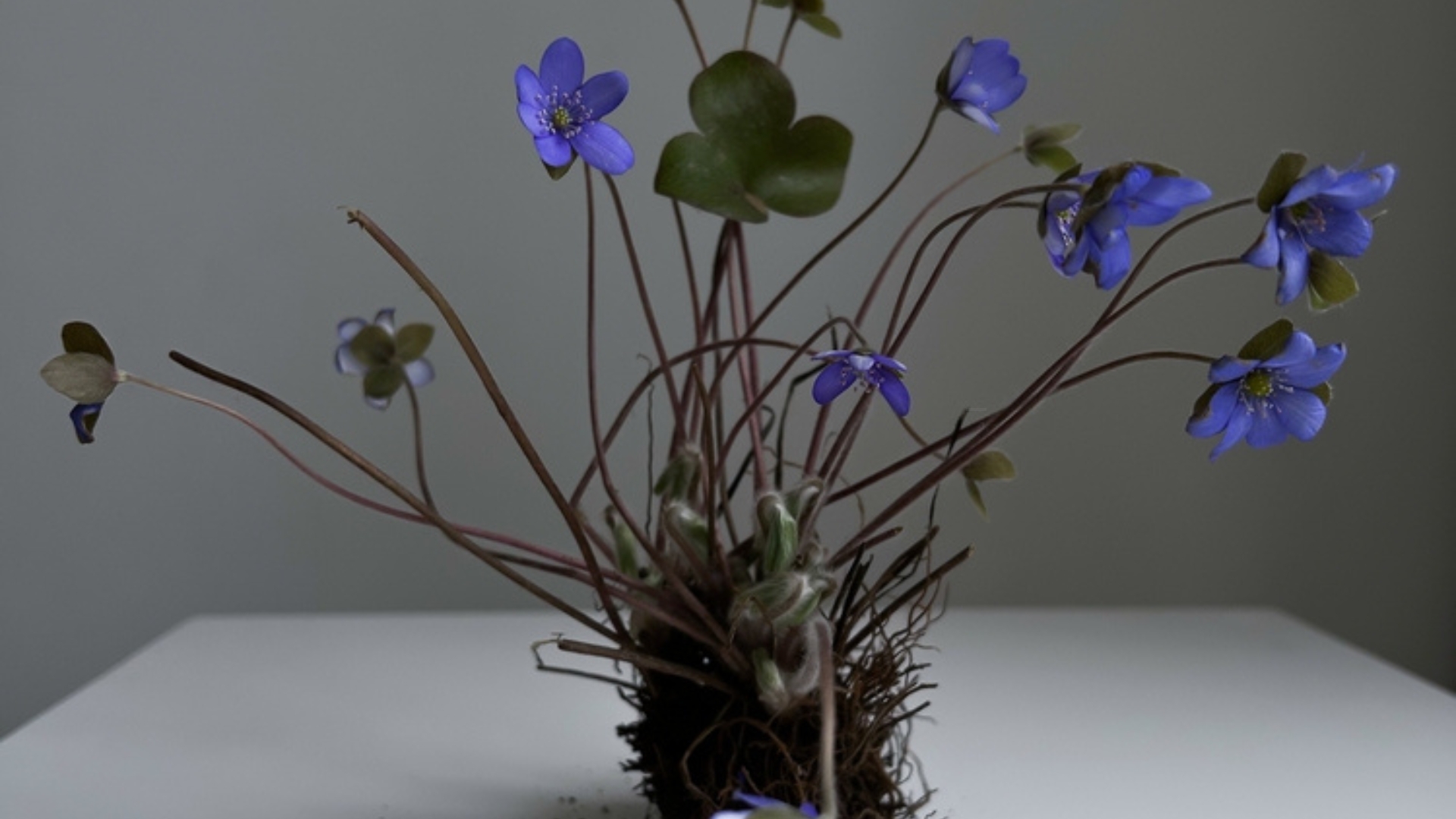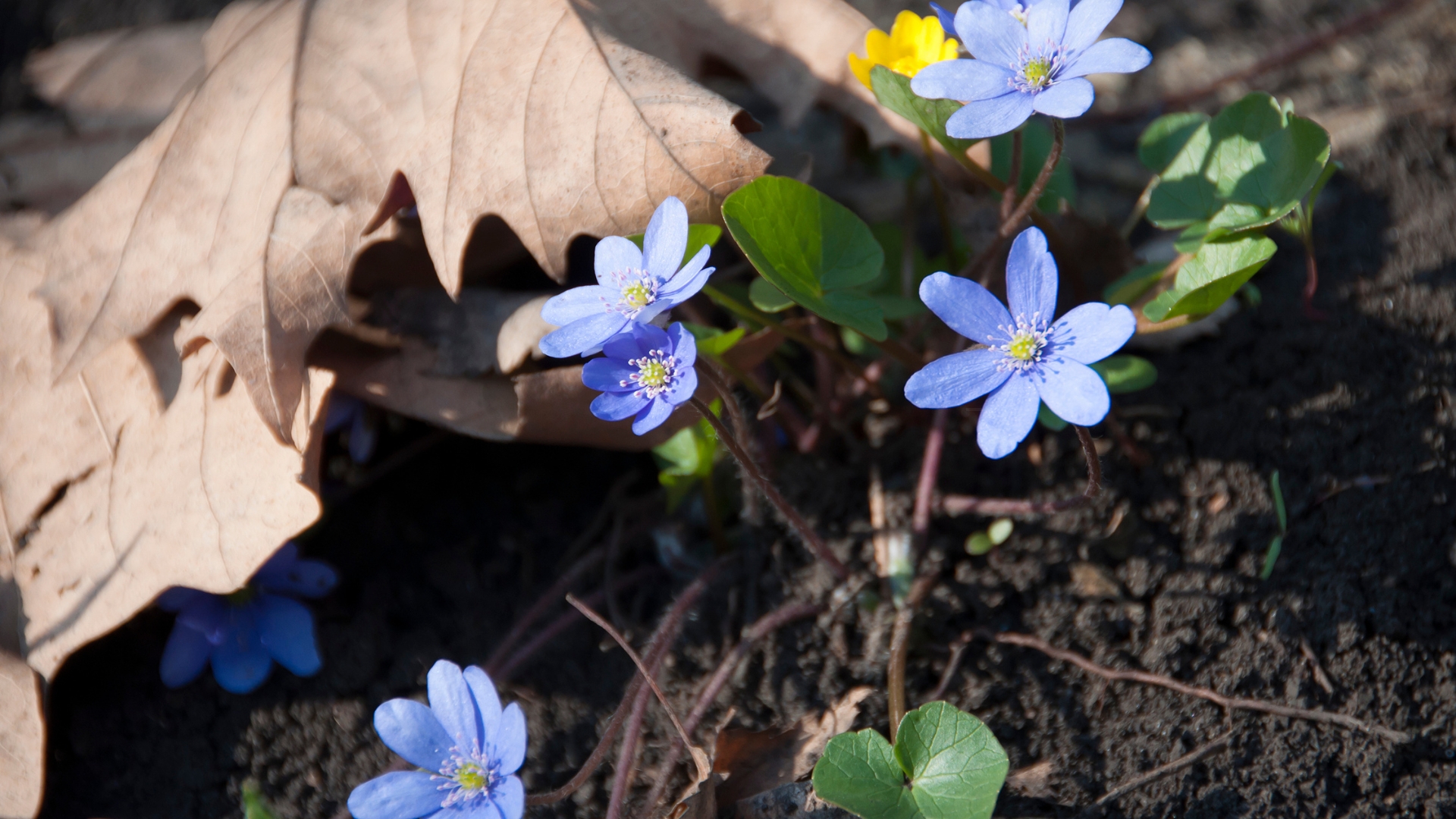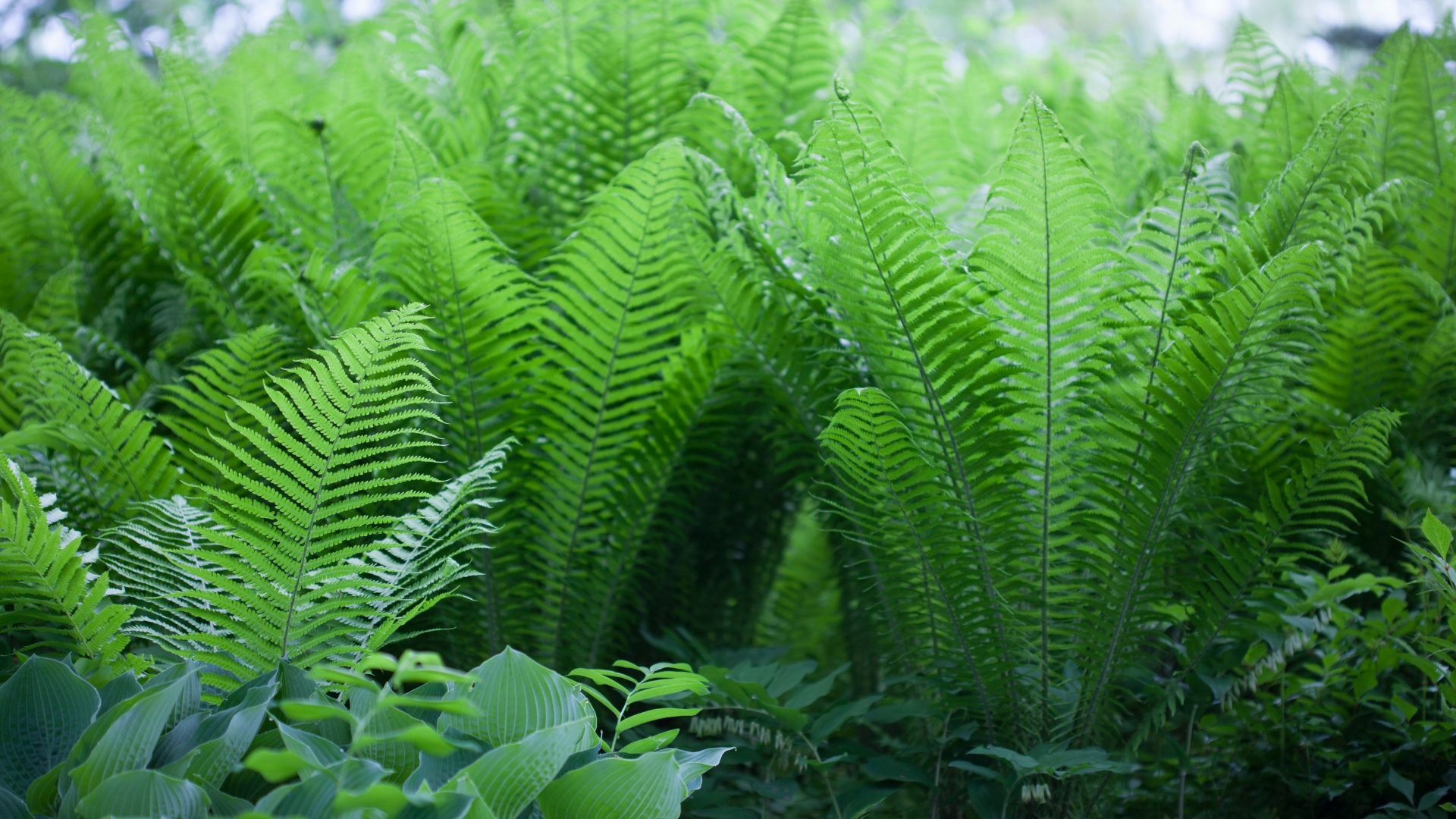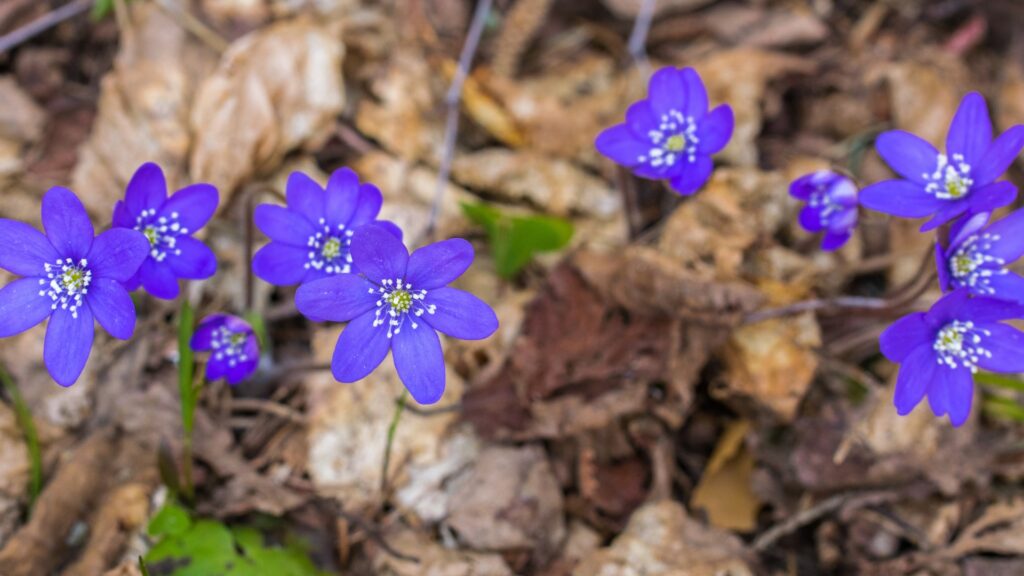Got trees casting too much shade and leaving your yard with bare, lifeless patches? Been there—those spots felt like the garden’s no-man’s-land.
But then I struck garden gold: a shade-loving perennial wildflower that turns drab into fab. Now those forgotten corners are bursting with color, season after season.
Tired of waging war on the shade? This wildflower might just be your garden’s secret weapon.
Hepatica Plants May Not Be Common, But They’re True Game-Changers!
Hepatica plants are a stunning sight in early spring, known for their delicate, star-shaped flowers that bloom in shades of purple, pink, blue, or white.
The petals of this amazing wildflower seem to shimmer in the sunlight, creating a soft, almost magical look in your garden. These plants are small, growing only about 6 to 8 inches tall, but their beauty packs a punch, making them stand out even in a crowd of other spring blooms.
The leaves are typically dark green, sometimes with a reddish tinge, and they can have a leathery, almost glossy texture.
As the plant matures, its leaves often take on a more rounded shape, adding a layer of interest to the garden throughout the year, even after the flowers have faded.
One of the most striking features of Hepatica plants is their ability to thrive in shaded woodland areas, making them perfect for creating a serene, naturalistic garden.
Their vibrant flowers contrast beautifully against the earthy tones of the surrounding foliage, and they provide a burst of color in those early spring days when many other plants are still dormant.
But Shade Tolerance Isn’t Its Only Amazing Feature
Well, Hepatica is incredibly resilient, thriving in tough conditions where many plants would struggle.
Not only does it handle the shade, but it’s also deer and rabbit resistant, making it the perfect choice for gardens plagued by hungry critters.
This tough little plant can withstand the elements and still show off its beautiful blooms year after year!
This Is Where And How You Should Plant Your Hepatica
Choose a shady nook, perhaps nestled beneath the shelter of taller plants or trees, where the sunlight goes through the leaves and creates the perfect, cool environment.
Hepatica loves well-draining, moist soil, so pick a spot that holds just the right amount of moisture but never feels soggy.
Now, here’s the key – plant it out of reach!
While this wildflower is absolutely stunning, it’s toxic if ingested, so make sure it’s tucked away where curious hands or paws can’t reach it.
With the right care and placement, Hepatica will bloom in all its glory, turning your garden into a magical oasis of color and life!
And Here’s How To Take Care Of This Lovely Wildflower
Once you’ve found that perfect shady spot, Hepatica is a true delight to care for. It thrives on minimal fuss: just keep the soil consistently moist (but not soggy) and let the plant do its thing.
Avoid heavy fertilizing, as Hepatica prefers to be left to grow in its natural, low-maintenance state.
A light layer of mulch can help retain moisture and keep the roots cool. Don’t forget, though, this beauty loves to be left alone to spread its roots, so no need to overcrowd it with other plants.
Combine Your Hepatica With These Plants For The Best Results
Pairing Hepatica with the right companions can elevate the beauty of your shaded garden.
Ferns, hostas, and bleeding hearts complement its delicate blooms while thriving in similar conditions.
Woodland phlox and trilliums create a lovely contrast, adding layers of color and texture. By planting these together, you’ll create a lush, enchanting space that bursts to life every spring!
When To Expect Blooms (And Why Patience Pays Off)
Hepatica might not be the first to bloom, but when it does, it’s one of the earliest and most rewarding signs of spring. These little wildflowers usually emerge just as the last frosts fade, often when the rest of your garden is still waking up.
Don’t be discouraged if nothing seems to happen right after planting—Hepatica takes its time settling in. But once it’s happy, it becomes more prolific each year, creating a lovely carpet of color beneath your trees. Just give it a season or two, and you’ll be amazed at the transformation!
And that’s it! Hepatica is a true garden gem, and with these tips, you’re ready to let it shine in your own yard. Enjoy the magic it brings!

